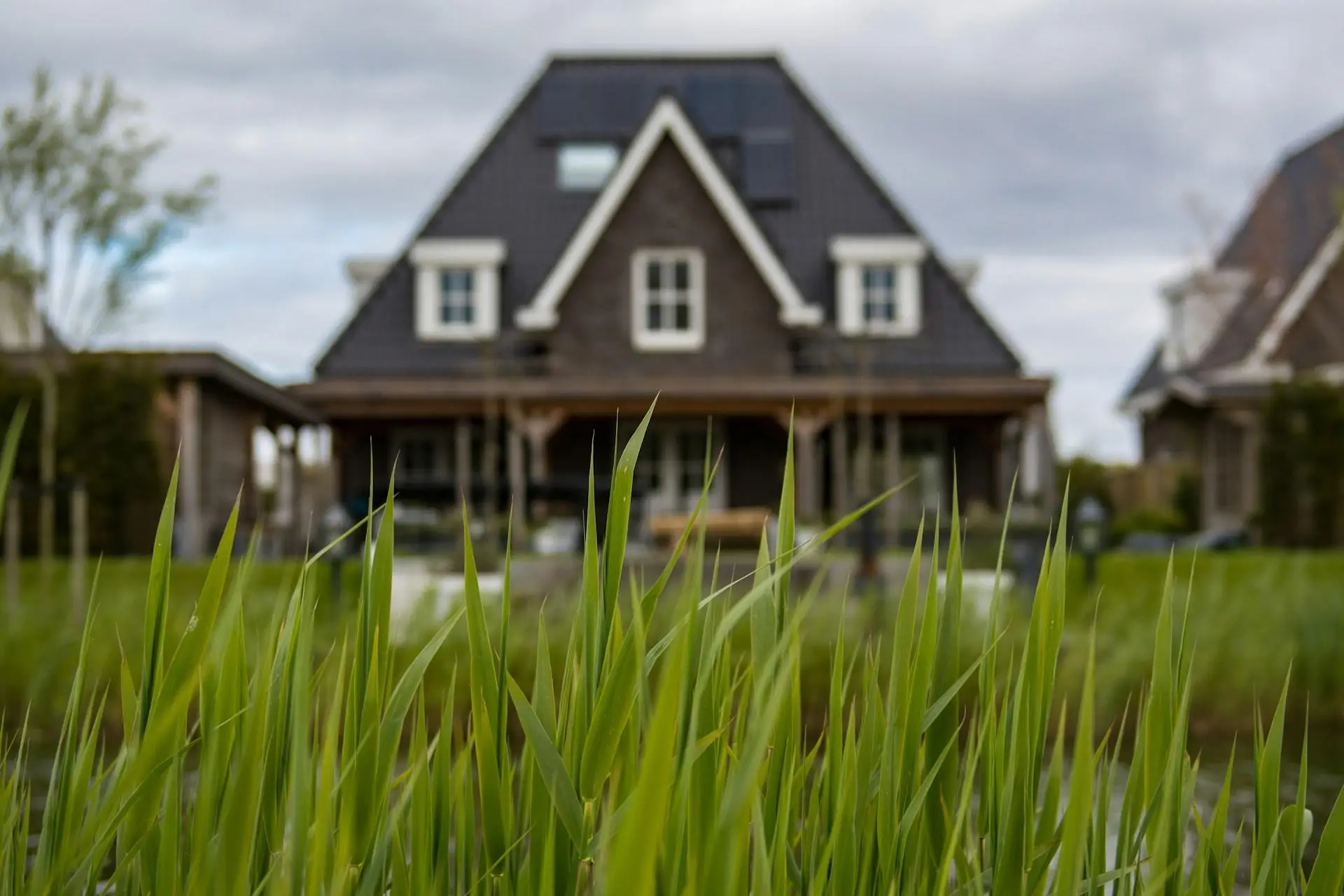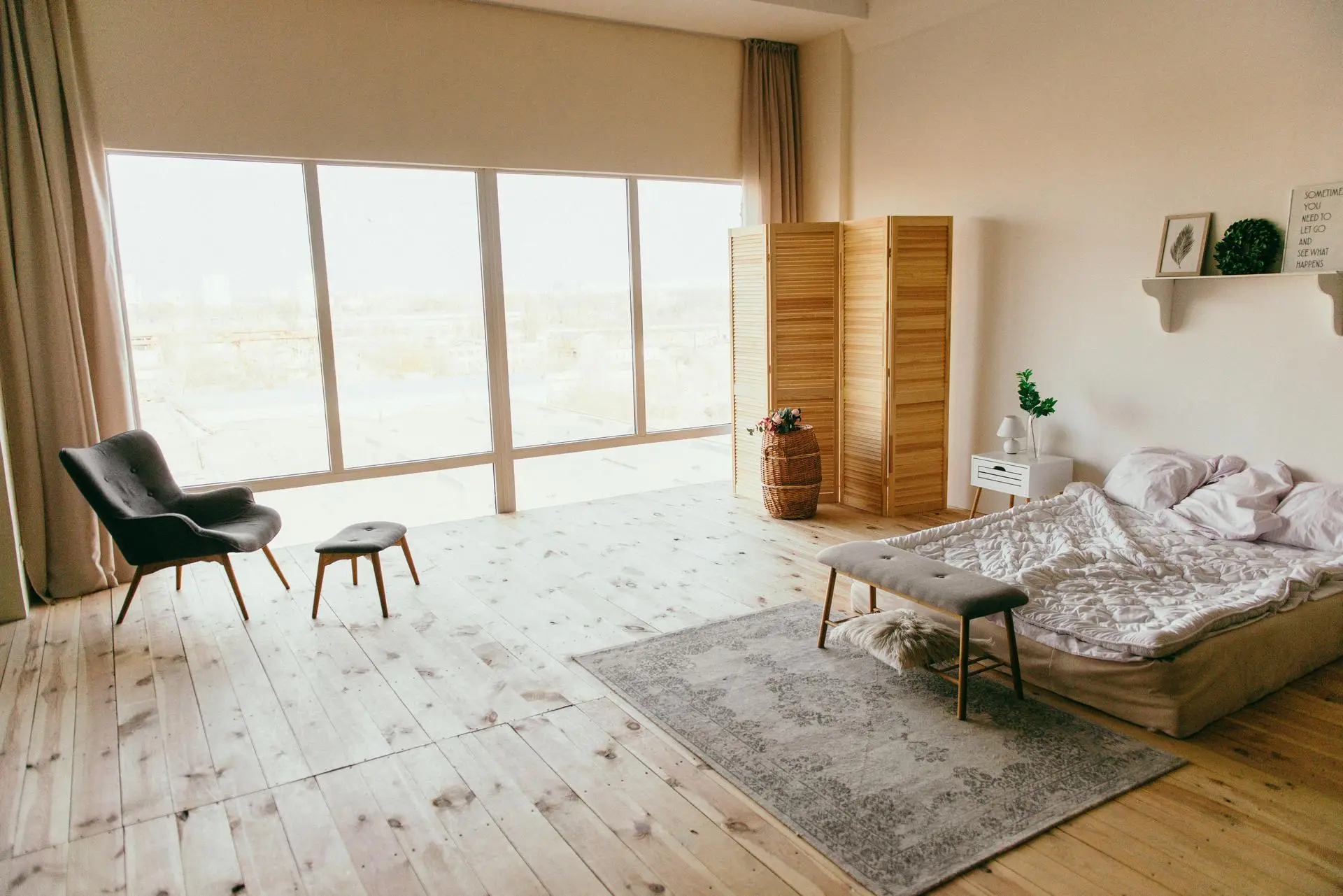Buildings are more than mere physical structures; they are powerful vessels of memory and emotion. The architecture that surrounds us influences our experiences, perceptions, and even our recollection of events. This article explores the intricate relationship between buildings and memories, highlighting the profound impact architecture has on human cognition.
The Intersection of Architecture and Memory
Architecture serves as a backdrop to our lives, a silent witness to our personal and collective histories. The design, materials, and atmosphere of a building can evoke strong emotional responses, often triggering memories associated with particular spaces. This connection is not just subjective; it is deeply rooted in psychological and neurological processes.
#The Psychological Impact of Spaces
The layout and design of a building can significantly affect how memories are formed and recalled. Open spaces with ample natural light, for instance, can foster positive emotions and enhance memory retention. Conversely, cramped and dimly lit environments might evoke feelings of discomfort or anxiety, overshadowing the memories created within them. Research has shown that environments rich in sensory details are more likely to be remembered vividly.
#The Role of Landmarks in Memory Formation
Landmarks are key architectural elements that anchor memories to specific locations. Iconic structures, such as the Eiffel Tower or the Statue of Liberty, often serve as mnemonic devices, encapsulating cultural and personal memories. These landmarks become symbols of the experiences and emotions associated with them, aiding in the mental mapping of our environment.
Historical Buildings as Memory Keepers
Historical buildings are repositories of collective memory, preserving stories from the past and connecting generations. These structures embody the cultural and historical narratives of their time, serving as tangible links to bygone eras. Visiting a historic site can evoke a sense of nostalgia and provide a deeper understanding of history through direct engagement with the past.
#Preserving Memories Through Architecture
The preservation of historical buildings is crucial for maintaining the continuity of cultural memory. Restoration efforts ensure that these structures continue to tell their stories, offering future generations the opportunity to connect with their heritage. Architectural preservation is not merely about maintaining physical structures; it is about safeguarding the memories and identities they represent.
Modern Architecture and Memory
Contemporary architecture also plays a significant role in shaping memories. Modern buildings, with their innovative designs and use of technology, reflect current societal values and aspirations. The integration of sustainable materials and smart technologies in modern architecture not only enhances functionality but also creates memorable and meaningful experiences.
#The Influence of Design on Emotional Well-being
The design of modern buildings often prioritizes the emotional well-being of occupants. Architects are increasingly considering how spaces affect mood and memory, incorporating elements such as biophilic design and ergonomic layouts. These considerations aim to create environments that support mental health and foster positive memories.
The Future of Memory in Architecture
As architecture evolves, so too does its ability to shape memories. The future holds exciting possibilities for how buildings can enhance our cognitive experiences. Emerging technologies, such as virtual reality and augmented reality, offer new ways to interact with and remember architectural spaces. These innovations promise to deepen our connection to the built environment, making memories even more vivid and accessible.
#Architectural Innovation and Memory Enhancement
Innovative architectural practices are exploring how to design spaces that actively enhance memory and learning. By understanding the cognitive processes involved in memory formation, architects can create environments that stimulate the brain and support cognitive functions. This approach has significant implications for educational and therapeutic settings, where the design of the space can directly influence outcomes.
Conclusion: The Lasting Impact of Buildings on Our Lives
Buildings are not just structures; they are integral to our identity and memory. From the historic landmarks that connect us to our past to the modern spaces that shape our daily experiences, architecture profoundly influences how we remember and relate to the world. As we continue to build and innovate, understanding the relationship between buildings and memory will be essential in creating spaces that enrich our lives and preserve our shared histories.










